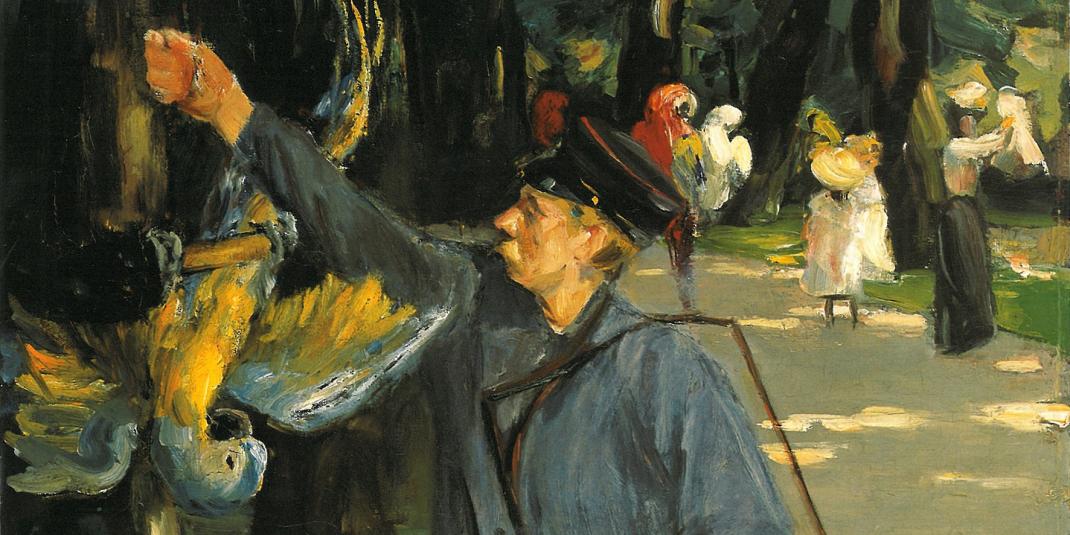
Max Liebermann
Max Liebermanns (1847-1935) is credited with introducing Modernism to German painting. For the first time, a new exhibition at the Hamburger Kunsthalle presents a comprehensive retrospective revealing how this process took place and the impressive oeuvre Liebermann was executing at the time.
Disillusioned by German academia, the young Berliner turned to France and Holland where he immersed himself in the progressive trends of the day. Liebermann studied outdoor painting in Barbizon, the cradle of naturalism; in Paris he came into contact with French Impressionism and in Holland he met supporters of The Hague School. In taking what he absorbed there and allowing it to flow into his work, Liebermann entered new territory both stylistically and in terms of subject. Liebermann's rendition of simple rural labor without literary and historical references drew harsh criticism at first, eventually culminating in the epithet "filth painter." In Berlin, Liebermann became the engine of an oppositional movement opposing the Prussian-Wilhelmine art policy. This comprehensive retrospective unites over one hundred key paintings from all phases of his creative development. They range from rustic, rural subjects to depictions of bourgeois leisure activity to his unerring portraits and the late, color-drenched garden paintings. Complementing the Hamburger Kunsthalle's large holdings are several other key pieces on loan from national and international museums, supplemented by work generously loaned from private collectors. The show is rounded off with examples of work by Liebermann's influences Mihaly Munkácsy, Adolph Menzel, Paul Cezanne and Auguste Renoir.
Accompanying the exhibition is a catalogue.
The exhibition was realized in cooperation with the Art and Exhibition Hall of the Federal Republic of Germany in Bonn.







